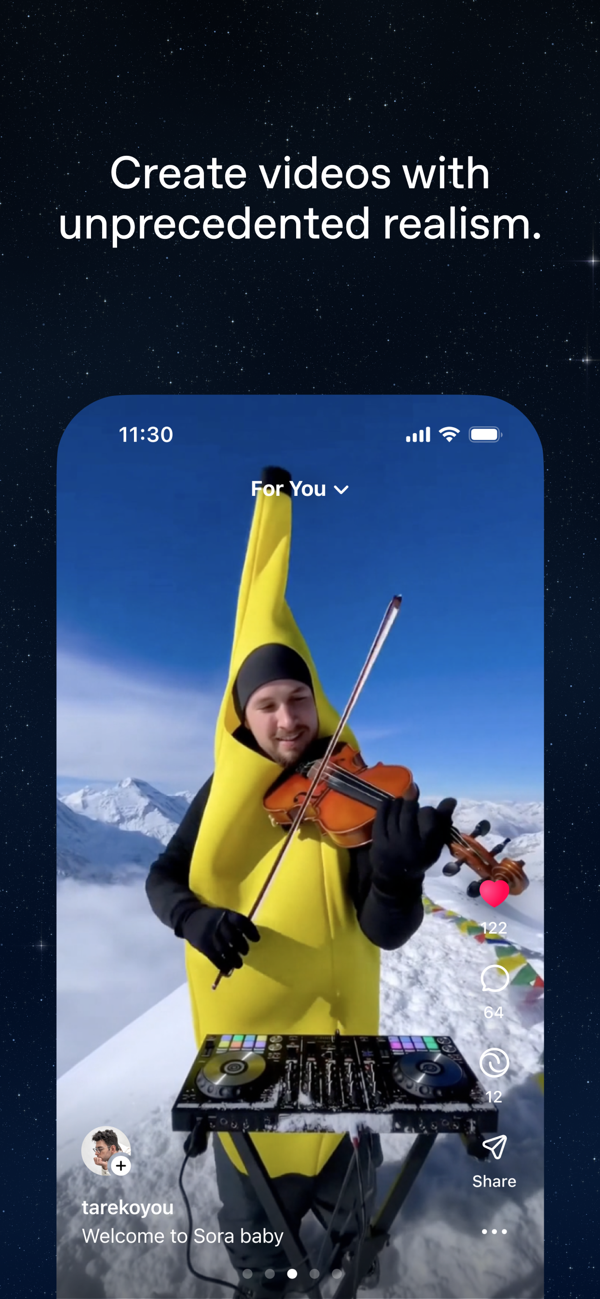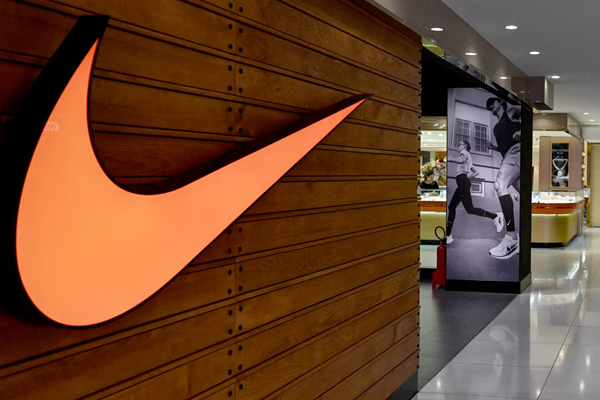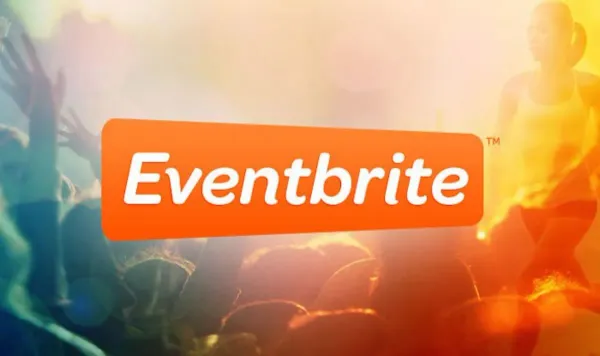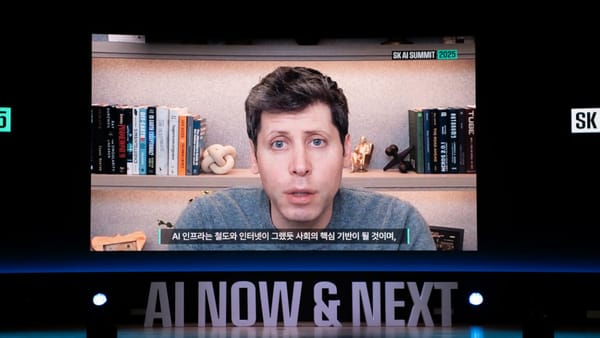OpenAI Launches Sora 2
OpenAI's Sora 2 brings synchronized audio, improved physics simulation, and a social platform for AI-generated video. But is the world ready for a TikTok made entirely of synthetic content?

OpenAI has released Sora 2, their latest video and audio generation model, alongside a new iOS app that transforms how we create and share AI-generated content. If the original Sora was video's "GPT-1 moment" – when things first started working – Sora 2 is being positioned as the "GPT-3.5 moment," representing a genuine leap in capability and usability.
Physics That Actually Make Sense
Earlier video models were notoriously optimistic – if a basketball player missed a shot, the ball might spontaneously teleport to the hoop. Sora 2 understands failure. Miss a shot, and the ball rebounds off the backboard. Objects maintain their rigidity, buoyancy behaves correctly, and the model can simulate complex movements like Olympic gymnastics routines and triple axels with remarkable fidelity.
Synchronized Audio Generation
For the first time in OpenAI's video models, Sora 2 generates audio alongside video. Voices sync with lip movements, sound effects align with visual actions, creating a cohesive multimedia experience that previous models couldn't achieve.
Advanced World Simulation
OpenAI is betting that mastering video generation is essential for AI models to truly understand the physical world. Sora 2 represents progress toward that goal, with improved modeling of how objects and people move through three-dimensional space across time.
The Social Twist: Enter the Sora App
Perhaps more intriguing than the technical improvements is OpenAI's strategic decision to launch Sora as a social platform. The new iOS app creates 10-second video clips and positions itself as a creative collaboration tool rather than just another video generator.
Key features include:
Cameo System
Users can insert themselves into AI-generated videos through a verified "cameo" feature. This requires one-time video and audio verification to prevent impersonation. When someone uses your likeness, you're designated as a "co-owner" with rights to delete or prevent further modifications of that video.
Remix Culture
The app enables users to jump on trending videos and offer their own creative takes, similar to TikTok's duet and stitch features but powered entirely by AI generation.
Discovery-Focused Feed
Unlike traditional social media designed to maximize scrolling time, OpenAI claims the Sora feed prioritizes discovery of videos likely to inspire creation. The algorithm considers user activity, location, past engagement, and even ChatGPT conversation history (which can be disabled).
The Controversy and Concerns
With innovation comes friction. Several aspects of Sora 2's launch have raised eyebrows:
The Copyright Question
OpenAI is taking a hands-off approach to copyright, placing the burden on rights holders to request removal of their copyrighted works from Sora 2 content. This opt-out rather than opt-in approach mirrors their strategy with ChatGPT's image generation and continues to draw criticism.
Identity and Deepfakes
While the cameo system includes safeguards – opt-in verification, co-ownership rights, and revocable access – the potential for abuse remains. Even with trust between friends, generated content could be misused. OpenAI has implemented C2PA provenance metadata and visible watermarks, but history suggests determined bad actors will find workarounds.
The TikTok Connection
The timing is notable. By building a TikTok-style app exclusively for AI-generated content, OpenAI is positioning itself as a potential alternative if TikTok faces further restrictions in the United States. Whether users want a feed of purely synthetic content remains an open question.
Access and Availability
Sora 2 is rolling out with a tiered access model:
- iOS app available now (US and Canada only, invite-only)
- Priority access for heavy Sora 1 users and ChatGPT Pro subscribers
- Followed by Plus and Team plan users
- Eventually expanding to all users including free tier
- Each invite includes codes to share with friends
- Android support and API access coming soon
The app is free at launch, with plans to charge for additional video generation during high-demand periods. A full API for developers is in the works, which could unlock professional editing capabilities and third-party integrations.
The Competitive Landscape
Sora 2 enters a crowded market. The original Sora wowed observers in early 2024, but OpenAI's slow rollout allowed competitors like Runway, Luma, Kling, and Google's Veo 3 to catch up and in some cases surpass it. The landscape evolved quickly, and OpenAI is now playing catch-up in a space it once dominated through early reveals.
The question isn't whether Sora 2 is technically impressive – it clearly is. The question is whether a social platform built around AI-generated video will resonate with users who already have countless options for sharing short-form content.
What This Means for Creators
For creative professionals, Sora 2 represents both opportunity and uncertainty. The ability to generate photorealistic video with proper physics and synchronized audio opens new possibilities for rapid prototyping, storyboarding, and creative exploration. The API, when it launches, could integrate into existing creative workflows.
But the ease of generating convincing synthetic media also raises questions about authenticity, originality, and the future of traditional video production. As these tools become more accessible, the line between human-created and AI-generated content continues to blur.
Looking Ahead
OpenAI frames Sora 2 as critical infrastructure for training AI models that "deeply understand the physical world." This isn't just about making cool videos – it's part of a larger vision where video generation serves as a pathway to more sophisticated world modeling and potentially artificial general intelligence.
Whether that vision materializes remains to be seen. For now, we have a powerful video generation model wrapped in a social app, launching into a world still grappling with the implications of synthetic media.




